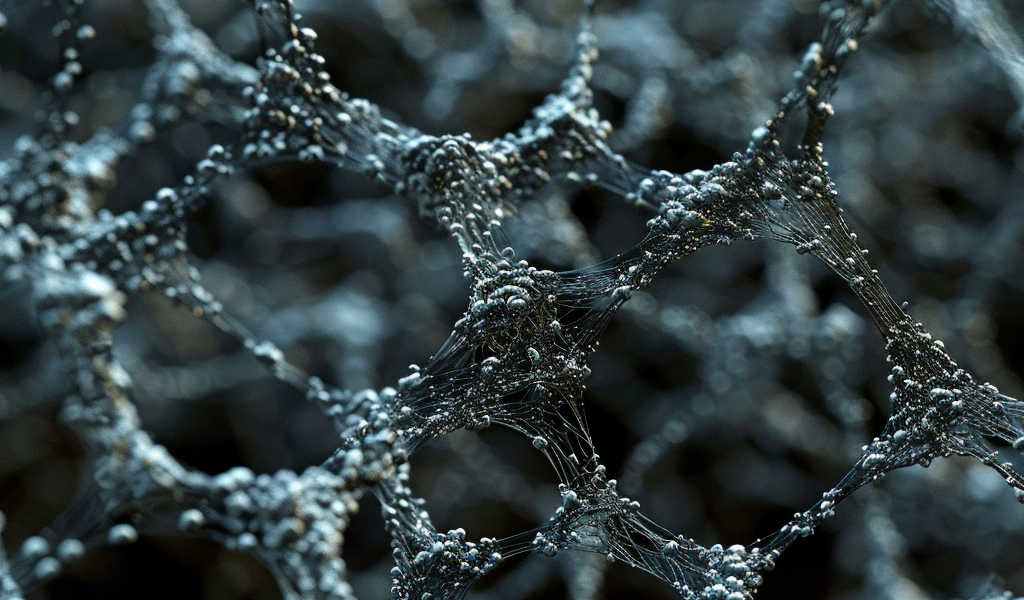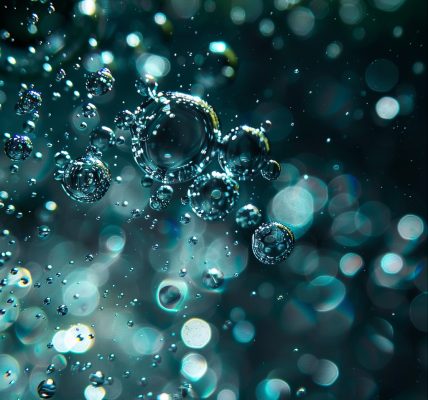Nanofibers Revolutionize Water Purification: A Breakthrough in Environmental Protection
Textile dyes have long been a significant environmental concern due to their persistence in water sources. However, researchers at TU Wien have developed innovative filters utilizing waste cellulose to effectively remove hazardous dyes from water.
Organic dyes, particularly azo compounds widely used in the textile industry, pose a threat when released into untreated wastewater. These dyes degrade slowly, leading to long-term water contamination and potential harm to both humans and ecosystems, as highlighted by Prof. Günther Rupprechter from the Institute of Materials Chemistry at TU Wien.
While various materials can bind dyes, the key lies in maximizing the contact surface area for efficient filtration. By creating a nanofabric composed of numerous tiny fibers, the researchers significantly enhance the water-dye interaction, thereby improving the filtration process.
The team’s approach involves utilizing semi-crystalline nanocellulose derived from waste materials, a sustainable and eco-friendly alternative to metal-containing substances commonly used for similar purposes. This nanocellulose is combined with polyacrylonitrile through an intricate electrospinning process, resulting in nanostructures with a diameter of 180 to 200 nanometers, forming a high-surface-area ‘nanoweb’ that effectively captures organic dye molecules.
By repurposing waste cellulose into advanced nano-filter technology, TU Wien’s research not only addresses water pollution concerns but also promotes sustainable practices in environmental remediation. This groundbreaking development signifies a significant step towards safeguarding water resources and mitigating the impact of industrial pollutants on the environment.





